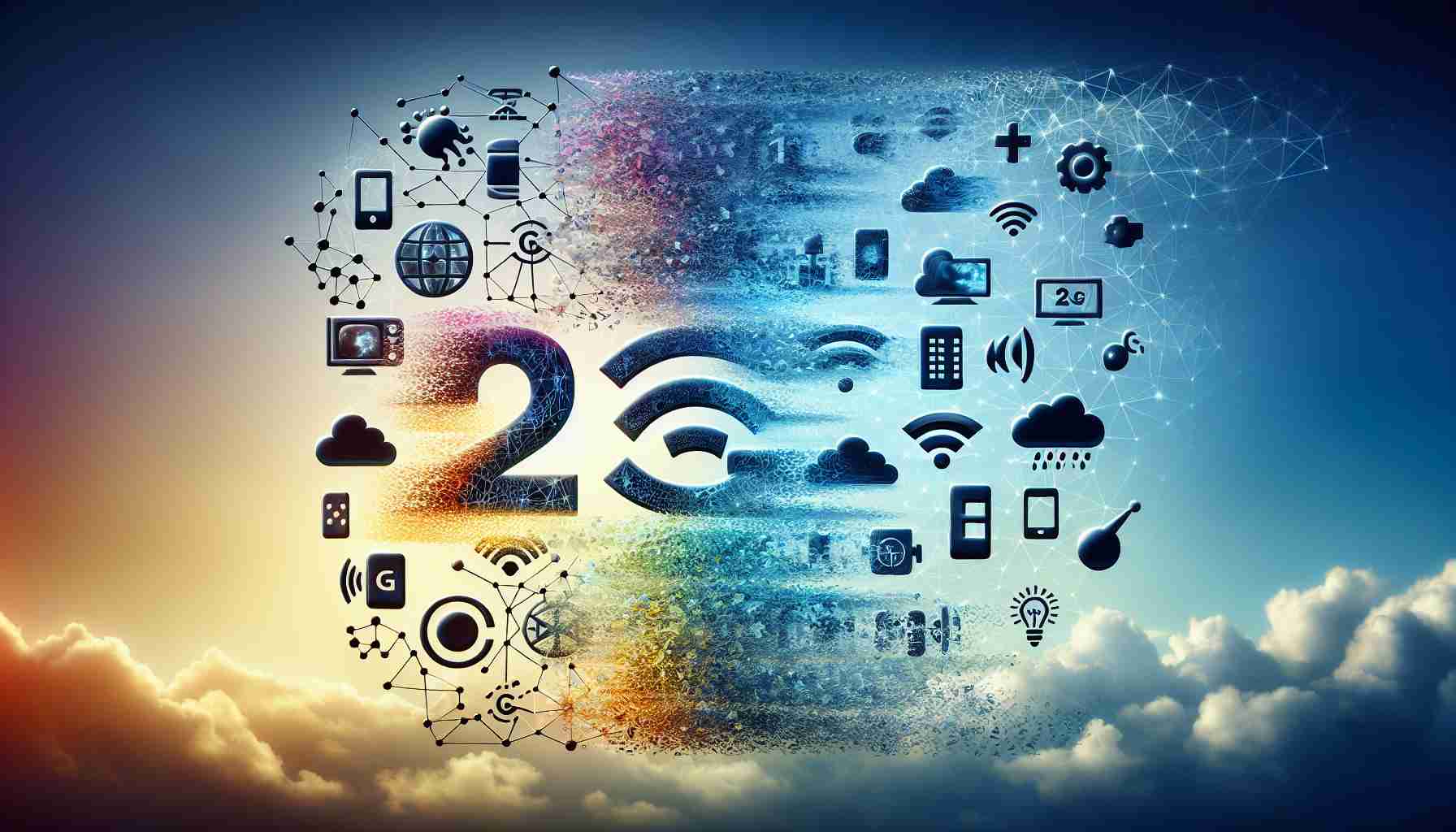An Outdated Era Ends: As mobile technology continues to advance rapidly, the era of 2G and 3G is fading into history. These aging technologies, originally designed for basic data and voice services, are ill-equipped to support high-speed data applications like video streaming and emerging technologies such as IoT.
The Shift Towards Modernization: Globally, the phase-out of both 2G and 3G is looming on the horizon, with many countries already shutting down 2G networks. This move is driven by the need for more efficient and capable networks that can keep up with the demands of modern users and applications.
Embracing the Future: In response to this transition, users are encouraged to embrace the opportunities presented by newer technologies. From accessing online government services to making cashless payments, the shift away from 2G opens up a world of possibilities for individuals, businesses, and society as a whole.
Benefits for All: The discontinuation of 2G and the upcoming phase-out of 3G are expected to bring about cost savings for businesses and improved quality of service. It is projected that this transition will drive revenue growth for telecom companies and create new opportunities for Vietnamese enterprises in the production and supply of modern technology.
A Path to Progress: While the phasing out of legacy technologies may pose challenges for some users, efforts are underway to educate and support those in remote areas and underserved communities. By leveraging effective communication strategies, companies aim to assist users in adapting to the changing technological landscape.
A Collaborative Effort: With the support of regulatory bodies and media organizations, the transition away from 2G signals a new chapter in the evolution of mobile communications. As the telecom industry moves towards more energy-efficient and cutting-edge technologies, the possibilities for innovation and growth appear boundless.
New Horizons in Connectivity: As 2G technology fades away, a wave of new possibilities and advancements unfolds in the realm of telecommunications. While the focus has been on transitioning to faster networks, lesser-known aspects of this shift shed light on key questions and challenges that accompany the transformation.
Exploring the Spectrum: One crucial question emerging from the transition is how the redistribution of radio frequency spectrum previously used for 2G will impact other wireless technologies. The reallocation of these frequencies can potentially enhance the deployment of 4G and 5G networks, paving the way for improved network performance and coverage.
Security Concerns: With the introduction of more advanced technologies, the topic of cybersecurity becomes increasingly important. As newer networks emerge, ensuring data privacy and protection against cyber threats remains a major challenge that telecom companies and users need to address proactively.
Advantages and Disadvantages: The advantages of phasing out 2G technology include higher data speeds, enhanced network capacity, and improved overall user experience. However, a key disadvantage lies in the potential impact on older devices that rely solely on 2G networks, requiring users to upgrade to newer devices compatible with modern networks.
Environmental Impact: Another aspect to consider is the environmental impact of decommissioning legacy technologies. Recycling electronic waste from outdated devices and infrastructure poses a challenge in maintaining sustainability practices during the technological transition.
Social Implications: The shift away from 2G technology raises concerns about digital inclusion and access to communication services, particularly for rural and marginalized communities. Addressing the digital divide and ensuring equitable access to reliable networks remains a pressing issue in this evolving landscape.
Evolving Ecosystem: The transformation towards advanced wireless technologies necessitates collaboration between industry stakeholders, policymakers, and consumer advocacy groups. Ensuring a smooth transition and fostering innovation in mobile communications requires a concerted effort from all parties involved.
Key Links for Further Exploration: For more insights on the evolving mobile landscape and the impact of technology transitions, visit GSMA Intelligence, a leading source of data and analysis in the mobile industry.
In Conclusion: While the fading of 2G technology signifies progress and innovation in the telecommunications sector, addressing the intricate challenges and opportunities that come with this evolution is crucial for shaping a connected future that benefits all users and stakeholders.
























